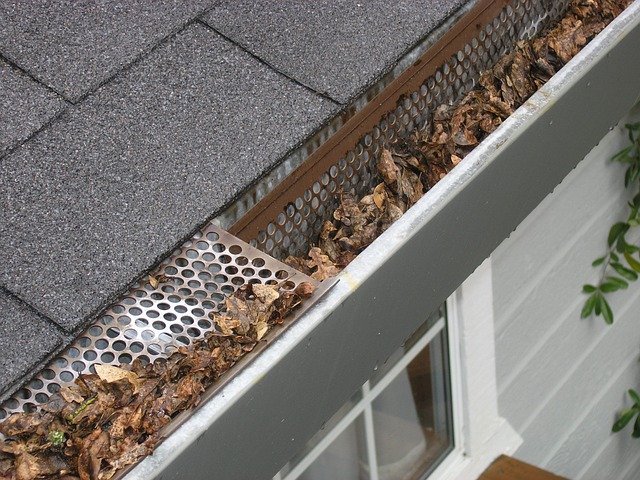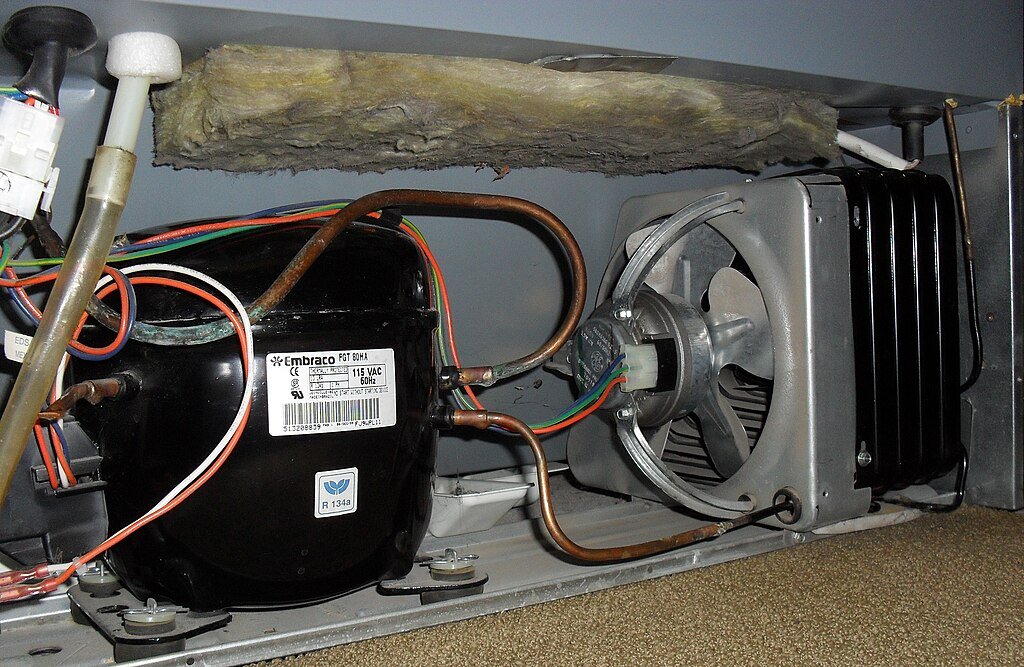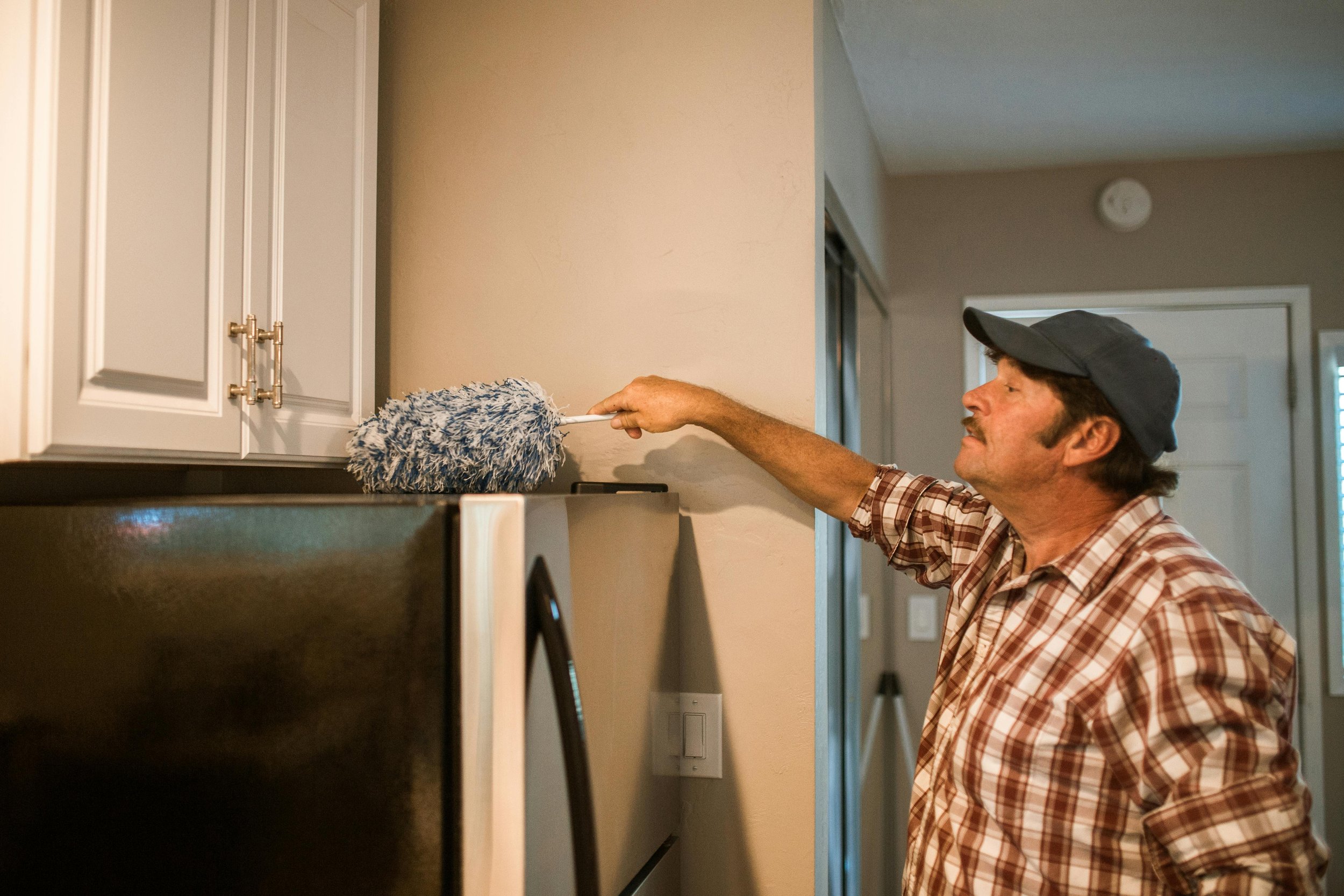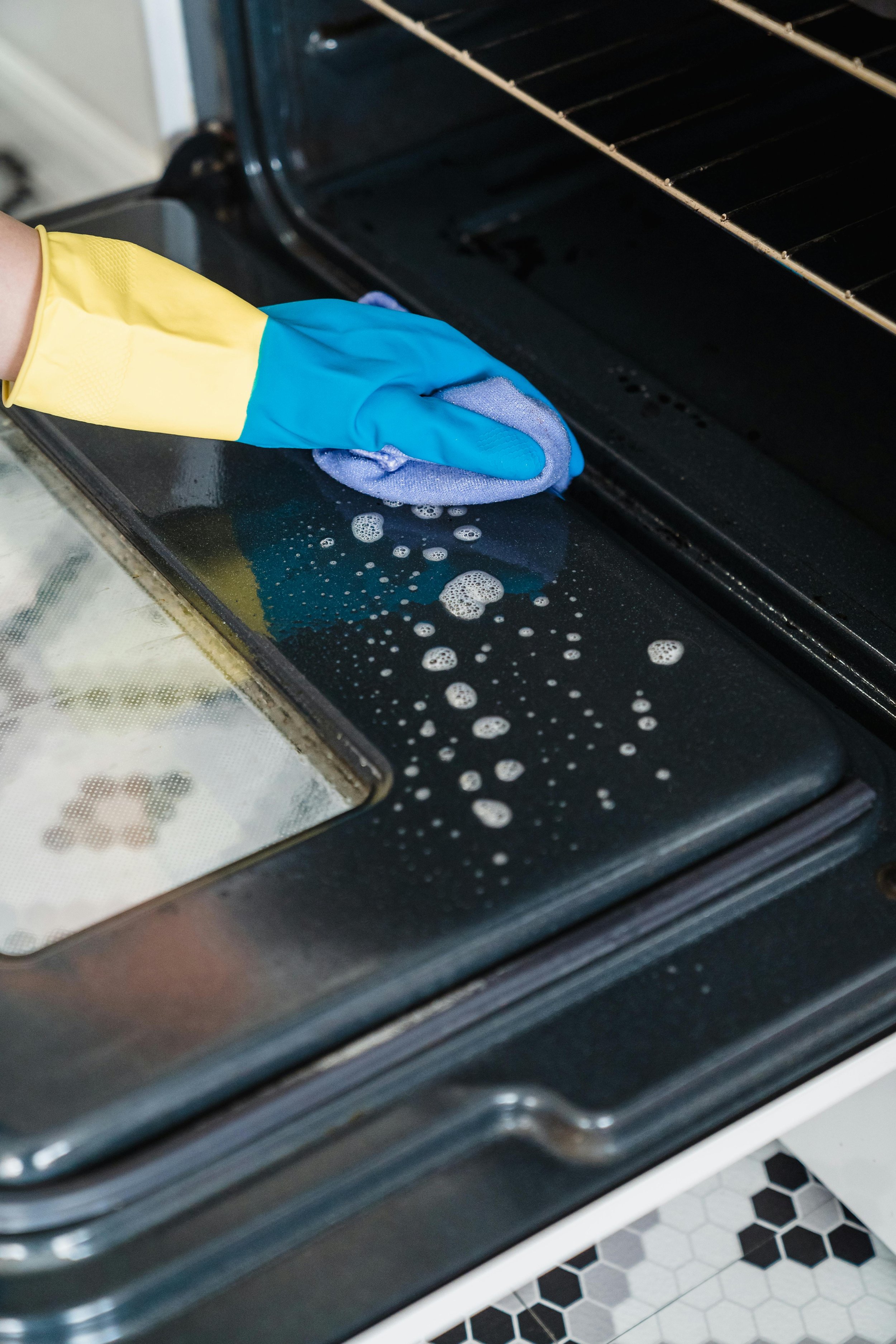Spring is the perfect time to refresh your home—inside and out. Here’s what every homeowner should do this season.
Although it feels like winter has already left us here in Texas, in theory spring is not here yet. But as the days grow longer, it's the perfect time to refresh your home and shake things out after being inside all winter. The transition isn't just about spring cleaning, it's about ensuring your home is in top shape to prevent expensive repairs down the line. From the roof to the foundation inside and out here's our spring guide for getting your home ready for warmer months.
Exterior Maintenance: Protecting Your Home’s First Line of Defense
Roof & Gutters: Inspect and Clear Winter’s Aftermath
After months of exposure to harsh winter weather, your roof and gutters need attention. Inspect the roof for missing or damaged shingles, as these can lead to leaks that compromise your home’s structure. If you do notice sagging, or any signs of water damage, call a professional before small issues turn into costly repairs.
Gutters and downspouts also take a beating during winter. Here, you'll need to clear out leaves, twigs, and other debris to ensure proper drainage. Clogged gutters can lead to water damage, including foundation problems and basement flooding is left in tended. If you haven't already, consider installing gutter guards to make upkeep easier.
Windows & Doors: Improve Efficiency and Let in the Light
Let's move on to windows and doors. With warmer weather approaching, it’s time to prepare your windows and doors for fresh air and sunshine. Inspect seals, weatherstripping and caulking for cracks or gaps that could allow cool air to escape, leading to higher energy costs. Re-caulking these areas helps maintain a comfortable indoor temperature. (And given our location, we need all the help we can get.)
Give your exterior windows a thorough washing to remove winter grime and improve natural light. Also, check window and door screens for any tears or damage—repairing them now will prevent pests from sneaking inside when you open your home to spring breezes. The great news is that if there are any small tears, you can now buy patches instead of having to replace the full screen.
Driveway & Walkways: Repair Winter’s Wear and Tear
Cold temperatures and moisture can wreak havoc on your driveway and walkways. You'll need to look for cracks, potholes, or uneven surfaces that could become safety hazards. Sealing and repairing these issues early will prevent further deterioration and ensure safe passage for your family and guests.
Outdoor Faucets & Sprinklers: Restore Water Flow
If you turned off exterior water sources for the winter, now’s the time to turn them back on. You'll also want to remove any foam protectors that you placed, as during warm months, those can be top homes for bugs and mice. Check for leaks in outdoor faucets and hoses, and ensure your sprinkler system is working properly. If you do have a sprinkler system, take the time to adjust the coverage to make sure all of your lawn gets water.
Yard & Landscaping: Refresh and Revitalize
Winter can leave your yard looking a little worse for wear. Before you start gardening, you'll want to get it cleaned up. Start by removing debris such as fallen branches and leaves. Prune overgrown trees and hedges, especially those near your home, to prevent damage from high winds during spring storms. Adding mulch and ground cover will help to retain moisture and suppress weeds—refresh these areas for a polished, healthy landscape.
Interior Maintenance: A Fresh Start for Your Living Spaces
HVAC System: Prepare for Warmer Days
Let's get the biggest task out of the way first. Before the heat of summer sets in, you will want to schedule a professional inspection and tune-up for your air conditioning system. Regular maintenance keeps your HVAC system running efficiently and prevents breakdowns during peak usage. While you wait for that date to roll around, you can replace your HVAC and furnace filters to improve air quality and keep your home comfortable.
Kitchen & Appliances: Deep Clean and Maintain for Efficiency
Your kitchen appliances work hard year-round, and spring is a great time to give them a little TLC. Clean the range hood and vent filters to prevent grease buildup, which can be a fire hazard. (Especially after all of the heavy foods from the holidays.) You'll also want to check and clean your dishwasher and washing machine filters to ensure they operate at peak efficiency.
Your refrigerator also needs attention—vacuum the coils to improve efficiency and check that the seals are intact to maintain proper cooling. If you have a chest freezer, warmer days mean it is easier to defrost it if ice buildup exceeds 1/4 inch. After all, spring is a great time to start laying in pre-made meals for less cooking during summer.
Bathrooms & Plumbing: Prevent Costly Water Damage
A few simple checks can help avoid plumbing headaches down the road. Start off by inspecting your pipes for leaks and weak water pressure. You'll also want to clean the sink and shower drains to prevent any clogs. It's also an ideal time to descale your shower head, as it should be done once a quarter.
General Home Upkeep: Refresh Your Space
Spring cleaning isn’t just about tidying up—it’s about maintaining your home’s condition, especially after being inside and with guests all winter. Take this time to wash sofa covers, wipe down walls, and remove scuff marks. These small touches can make your home feel bright and renewed.
By tackling these maintenance tasks early in the season, you’ll ensure a smooth transition into spring and summer. A little effort now can save time, money, and stress in the long run—helping you enjoy the warmer months with peace of mind.
If you find that any of your appliances are giving you trouble, you can reach out to us at Appliance Rescue Service. While we aren't great at spring cleaning, we are fantastic at keeping your appliances running while you do. Even better we will work with you to find a time that best fits your schedule this spring for our technicians to visit. You can reach out to us at our website or give us a call to get started on scheduling a maintenance visit.
Call



















